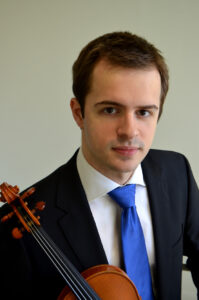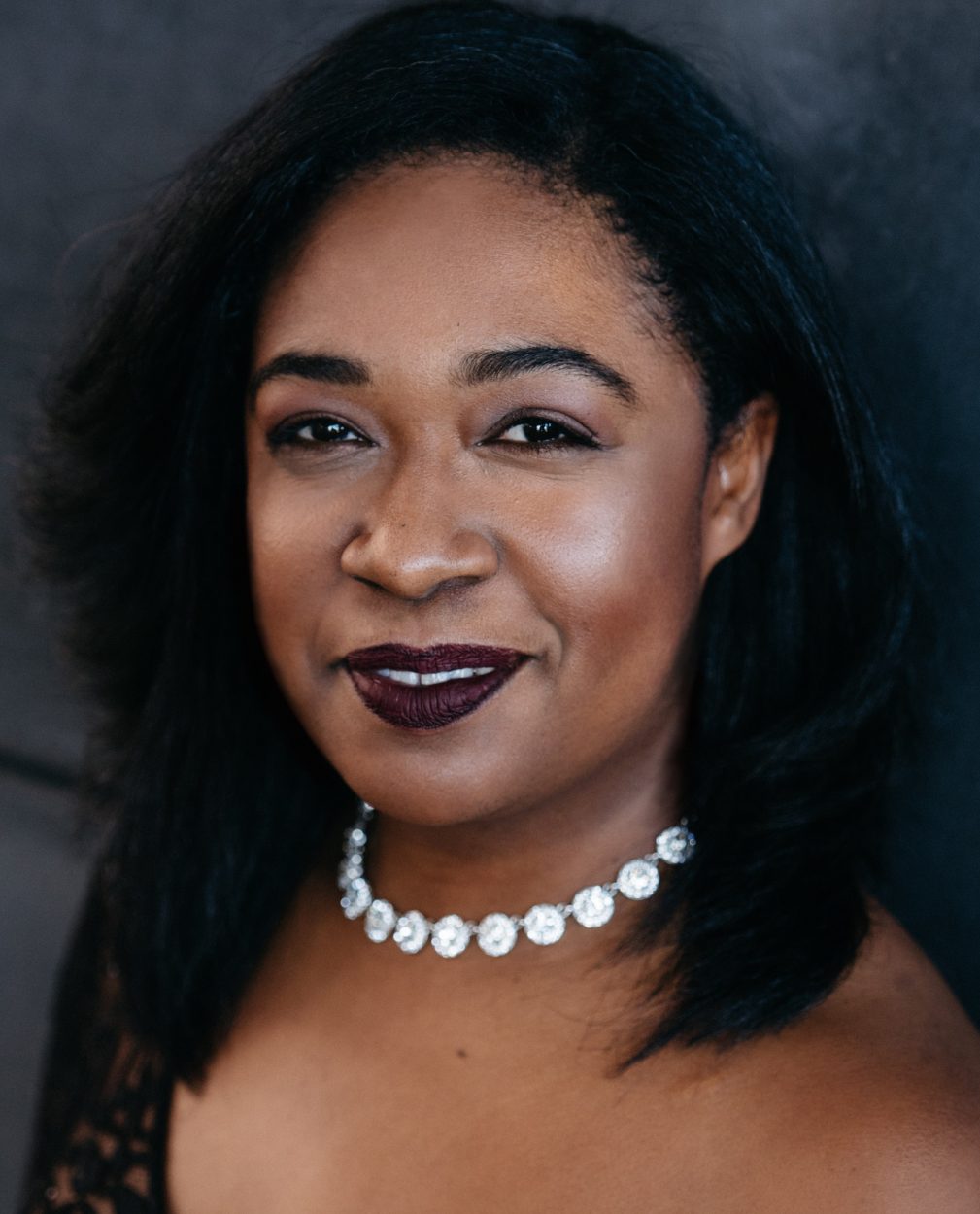

Florence Price, Concerto in One Movement (1933), arr. Boris Vayner
Florence Price was born in Arkansas in 1887. She learned piano and organ and received her teaching certificate from the New England Conservatory of Music. Price moved to Chicago in the early twenties, likely in order to escape the racial tensions in Arkansas during this time. While there, she experienced much of her compositional success. In 1932, her Symphony no. 1 in E-minor won the Rodman Wanamaker Prize and was premiered by the Chicago Symphony Orchestra, marking Price as the first African-American female composer to achieve such an accomplishment. The Concerto in One Movement, written a couple of years later, incorporates African-American musical elements, especially displayed through the rhythmic motives. The original score to the work was lost but reconstructed in 2011 by Dr. Trevor Weston, an established composer and professor, through a commission by the Center for Black Music Research.
The Geneva Music Festival commissioned this arrangement of the piano concerto by Boris Vayner. Mr. Vayner is the current violist of the renowned St. Petersburg Quartet, as well as an instructor of viola at Wichita State University. In addition to being a respected performer and educator, Mr. Vayner is pursuing his doctorate in conducting at the University of Missouri-Kansas Conservatory of Music and Dance.
Concerto in One Movement is in three sections: Moderato, Adagio, and Allegretto. The Moderato opens with an introduction that feeds into an extended piano cadenza. The melodic theme develops as the movement progresses and incorporates chromatically ascending arpeggios and dotted rhythms that filter through the solo part and accompaniment. The accompaniment converses with the solo by playing thick chords met by a flourished solo response. The Adagio portrays a beautiful melodic line, with sounds echoing the heart-felt nature of a spiritual, while still incorporating chromatic and arpeggiated patterns. Allegretto is modeled after a “juba” dance, found in the African tradition. This final section of the work is full of dotted rhythms and active parts that mimic the sounds of a lively western.
Read her biography to learn more about Price prior to the event.
The event premieres on Zoom, password: 092256. After the premiere, a recording will be available on the GMF YouTube channel.
